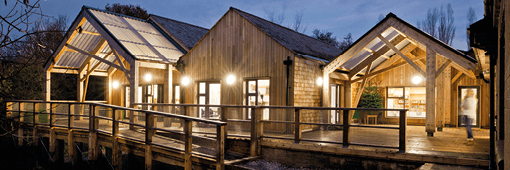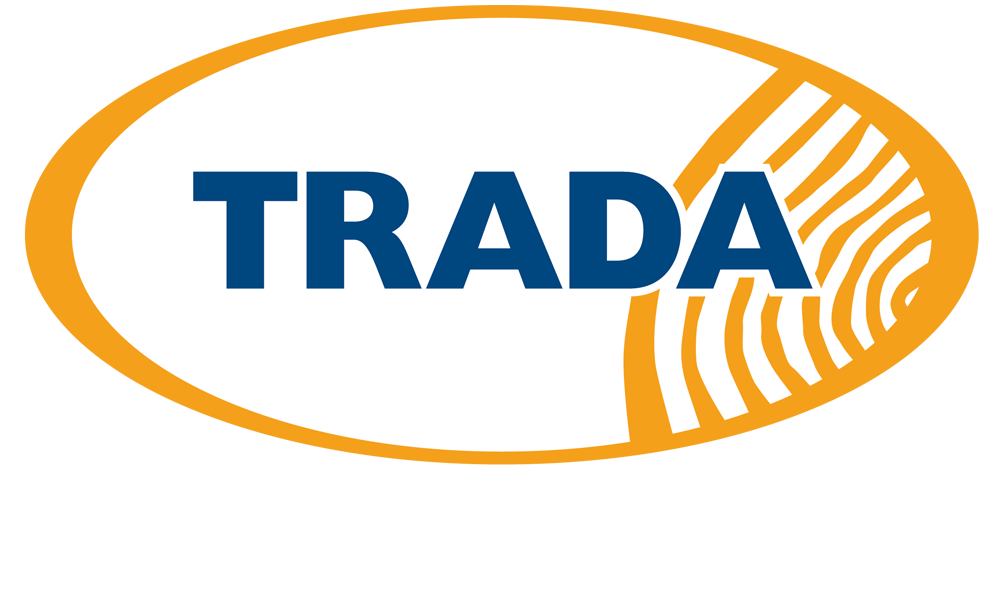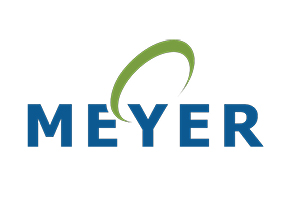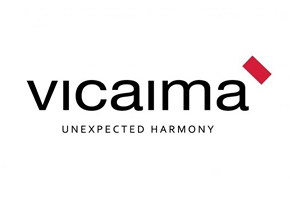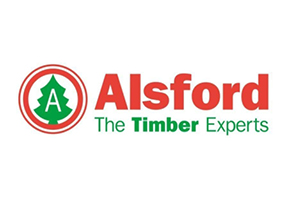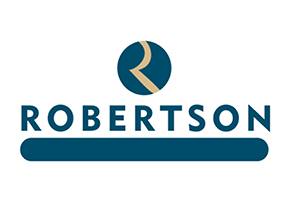GD 5 How to calculate deformations in timber structures using Eurocodes
In This Series
- Assessment of the durability and engineering properties of lesser-known hardwood timber species for use in marine and freshwater construction

- Avoiding landfill through effective wood waste disposal and a shift in product focus

- Bracing for non-domestic timber trussed rafter roofs

- Cross-laminated timber: an introduction

- Environmentally responsible construction: Community wood recycling


Explains the principles of serviceability limit states set out in Eurocode 0 and shows how to apply them to structural timber members, assemblies and built-up components. Explains timber-specific rules given in Eurocode 5 relating to creep and joint slip. Recommends some deflection limits and provides simple worked examples.
Contents:
- Serviceability Limit States
- Design values of actions
- Creep
- Recommended deflection limits in the Eurocode 5 UK NA
- Joint slip
- Examples of deformation calculations
- Domestic ceiling joists
- Plywood spliced nailed connections
- Deformations in assemblies and built-up components
- Final deformation assemblies
- Glued components
- Mechanically fastened components
Suggested Reading
List of Wood Information Sheets
This document contains a fully comprehensive list of all the most up to date Wood Information Sheets (WIS) published by TRADA. Available to members for free or non-members for £12.00, these Wood Information Sheets provide technical guidance related to almost every timber topic under the sun.
Categories:
- Timber -...
17/07/2017 | Wood Information Sheet
Innovation and sustainability. Wood products for architects
Recent advances in timber technology and engineering have expanded the potential of building with wood. The development of new products and component manufacturing has allowed the construction of longer spans, the erection of multi-storey timber frame buildings, the forming of compound curved surfaces, the volumetric prefabrication and modular systems and...
01/01/2004 | Info from other organisation
Hybrid construction: timber-based solutions to structural challenges
What is hybrid construction? And how can it be used to create sustainable and versatile buildings? This publication answers these questions by looking at different types of structural engineered timber in effective combinations with other materials, as illustrated by recent case studies. From straightforward projects to complex design briefs, hybrid...
01/01/2016 | Other Technical Guidance
